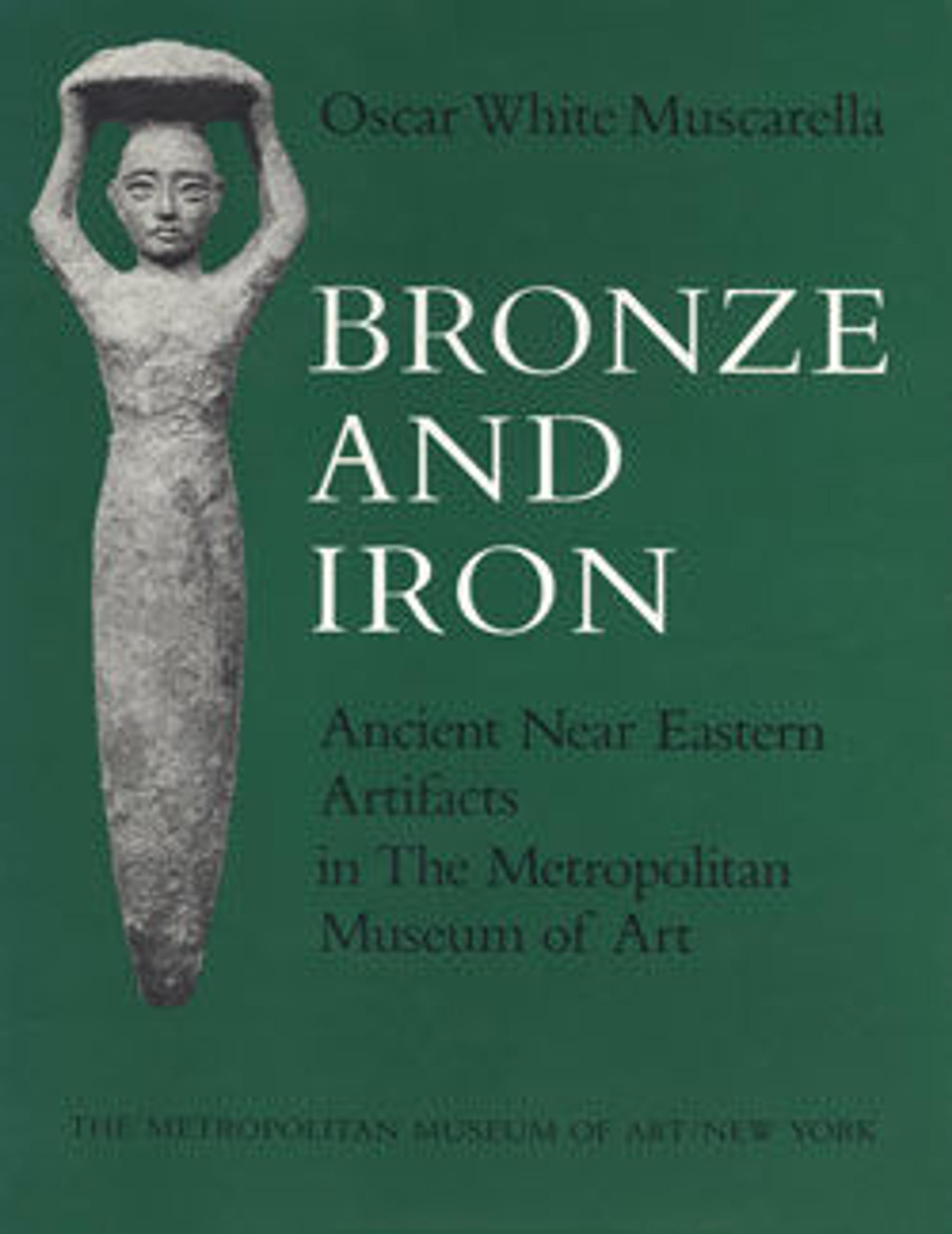Fibula
This bronze fibula, in essence an ancient safety pin, is triangular in shape. The arms are decorated with grooves and hatching, and the catch on the pin is in the form of a human head. It was excavated at Tepe Nush-i Jan, an Iron Age hilltop site about 60 km sound of Hamadan in western Iran. Nush-i Jan was occupied in the 7th and 6th centuries B.C., and its occupants are generally thought to be the Medes, an Iranian people known from Assyrian, Achaemenid and Biblical sources. Though the textual sources portray them as a powerful empire, archaeological evidence for the Medes has yet to sustain this impression. Rather, they seem to have lived in scattered fortified sites in western and central Iran, without any clear capital. Nush-i Jan, one of the best known of these sites, features two temples, a columned hall, and a fort. The fibula was found in the Central Temple in what has been identified as a ‘squatter’s level.’ Archaeologists use the term ‘squatting’ to refer to the re-occupation of a site or structure shortly after its abandonment. In this case the ‘squatters’ appear to be Medes, and it perhaps more useful to think of this as a reconfiguration of space rather than squatting. Some political change may have resulted in the columned hall, where the local ruler would have held audiences, no longer being necessary.
Artwork Details
- Title:Fibula
- Period:Iron Age III
- Date:ca. 7th–6th century BCE
- Geography:Iran, Tepe Nush-i Jan
- Culture:Iran
- Medium:Bronze
- Dimensions:1 11/16 in. × 1 5/16 in. × 1 in. (4.3 × 3.3 × 2.6 cm)
- Credit Line:Purchase, H. Dunscombe Colt Gift, 1969
- Object Number:69.24.12
- Curatorial Department: Ancient West Asian Art
More Artwork
Research Resources
The Met provides unparalleled resources for research and welcomes an international community of students and scholars. The Met's Open Access API is where creators and researchers can connect to the The Met collection. Open Access data and public domain images are available for unrestricted commercial and noncommercial use without permission or fee.
To request images under copyright and other restrictions, please use this Image Request form.
Feedback
We continue to research and examine historical and cultural context for objects in The Met collection. If you have comments or questions about this object record, please contact us using the form below. The Museum looks forward to receiving your comments.
